(late June 2022)
Most artists attend the opening of their shows and not the closing. (I assume they generally don't attend the closing, anyway.) But local artist/electrician Chris Murphy was unable to be at Dark Horse Art Bar when his "Repurposed Dreams" exhibit opened. Instead, he was there at the end of May to bid farewell to the show and celebrate its run there. The Frau and I attended as she knows Chris and, since I've tagged along to enough functions where he was present, he and I recognize one another.
Before long a veritable who's who of Madison artists had stepped through the door. Well, a couple that I knew, anyway. Metal artist Erika Koivunen showed up as did goldsmith Missy Howard who made our wedding bands and did a wonderful job, I will add. So good, in fact, I lost my first band and had her strike a second for me.
I felt a bit hoity-toity going to an art exhibit, especially one at a gallery located in a fancy-schmancy 14 storey high rise that features apartments, the smallest of which, go for more than my mortgage payment. I don't frequent art galleries much and, when I do, I feel like a fish out of water. Think Allan Felix from Play It Again, Sam in that scene where he hits on the woman at the gallery looking at a Jackson Pollock painting and ends up getting an epic nihilistic analysis of the work. I don't have an artistic bone in my body and simply know what I like.
Much to my surprise and delight, Dark Horse was, well, darker and much less trendy than I expected it to be considering its upstairs neighbors were mostly young and flush with disposable income, i.e. – trendy types. Or perhaps it was simply trendy in a different way.
An electrician by day, Chris incorporates the tools of his trade into his art – wires, diodes, resistors, etc. I cannot recall the name of this piece:
When you turn a dial, the lighting changes:
We also ran into various other folks we knew including the woman who officiated our wedding. The three of us sat down and had a nice chat. I hadn't seen her in quite a while so it was a nice to catch up.
I might have to go to more of these art galleries, especially if they have a good beer selection like Dark Horse.
********
A couple weekends ago I took a nice, long bike ride. It had a similar route to one I took and chronicled in one of these diary entries last year but I made it shorter in the hope that there would be fewer steep hills. Also, I wanted to travel farther down a particular road to see what I could see.
I was on my bike around 7:30 A.M. so not super early but early enough to beat the heat for a good chunk of the ride.
It was a gorgeous morning. Everything was verdant and smelled so fresh. And, thankfully, there weren’t too many cars on the first leg. At one point I noticed something on the side of the road up ahead that I thought was a mama racoon and its kit. It was only later when I got a chance to look at my photographs did I see that I was right.
Before long I again stopped but this time it was because I spied a splotch of yellow just off of to the side of the road. There was a yellow bird sitting on the branch of a bush or sapling. I consulted my
Birds of Wisconsin book when I got home and learned that this was an American Goldfinch.

I was surprised at how long it stayed on that branch. Maybe it was just ready for its close-up. Regardless, I managed to get a few nice photos of it.
A short time after my bird sighting, I came to a fairly steep hill that seemed to go on forever. About half way up, I pulled over and took a breather. When I can feel and hear my heart pounding, it gets disconcerting really quickly. After the whole cardiac situation settled down, I was back on my bike and up and over that hill. From there I had a nice downhill stretch.
As I neared the intersection where I was to turn, I found myself going by an old country cemetery and decided to go take a look. It was the Hope Cemetery and I figured that Hope was a ghost town because just a few hundred feet before the cemetery's entrance, there was a sign announcing that I was entering the Town of Cottage Grove and please don’t park on the streets overnight. The grave markers could be seen on the top of a hill so I walked up the path and left my bike against a tree.
As I got to the top, close to a disused mausoleum, I heard a shuffling noise from above and saw a shape fly across the cemetery and land in a tree on the other side. I had disturbed a red-tailed hawk!
I zoomed in and took a snap.

It appears that I caught it in the middle of building or remodeling a nest as it looks to have some vegetation in its mouth as opposed to a critter part.
The path up the hill went around the perimeter of the cemetery and it had been mowed fairly recently. But it didn’t look like any other maintenance or upkeep was done lately. No matter. It was a lovely, peaceful place.
When I got home I looked up Hope and found that it is a small unincorporated area. Just up the road from the cemetery is Hope Lutheran Church and my next destination was Hope Road so there were some evidence of the area but Hope must be mighty small.
With my visit with the dead over, I was riding once again. Within 5-7 minutes I was on Hope Road. Although pretty, I was dreading a hill about a mile away. It’s one of those inclines that makes me feel like I am going to go into cardiac arrest. About 2/3 of the way up I ran out of steam and pulled into a dirt driveway to catch my breath. As I was standing there, I heard a branch break and some leaves rustle. Something was in the woods in front of me.
And then a deer popped out of the trees onto the driveway.

It crossed over to the other side of the driveway and disappeared into the woods for about 10 seconds before crossing back and going from whence it had come.
I eventually caught my breath and pedaled up the rest of the hill. The road took a turn to the north and I would stay on this route for a while.
I passed by the horse farm that I mentioned in a previous diary entry and found that the pair were out in a field having a late breakfast. I moved up close to the fence and started snapping pictures.
As I stood there, the horses came closer…
…and closer until they were just out of petting range.
They gave me a once-over before getting back to their meal and ignoring the human. I had no food and was of no use to them, I guess.
I biked several more miles but no flora or fauna of note, just beautiful countryside and fresh air. When I was a few miles from home, my legs started cramping something fierce and I thought I might have to have my Frau come and get me. But onwards I plowed and eventually I pulled into my driveway. However, I did have very sore legs for a few hours.
********
Earlier this month I made another trek down to the western exurbs of Chicago where I met up with a group of friends and went to see The Musical Box.
The Musical Box are a Canadian band that recreate the concerts of the rock group Genesis from c.1972-1977. This involves dressing like Genesis did back then, using the same slide shows, same costumes, same props, and the same instruments.
This time around, the band were recreating the shows from 1974-75 when Genesis were touring in support of their new album, The Lamb Lies Down on Broadway. (The tour started in Chicago at the Auditorium Theater on 20 November.) The album is a double and tells the story of a Puerto Rican kid named Rael who finds himself transported from the hustle, bustle, and urban decay of New York City to another realm where he goes on a surreal hero’s journey.
I’m not sure Joseph Campbell would have recognized the scenario, though. Judging by the comments of singer Peter Gabriel, it’s more John Bunyan’s The Pilgrim's Progress filtered through Alejandro Jodorowsky’s surreal Western El Topo.
There were 9 or 10 of us in our party and we had seats fairly close to the stage. It was a hoot! The Slipperman costume always makes me smile.
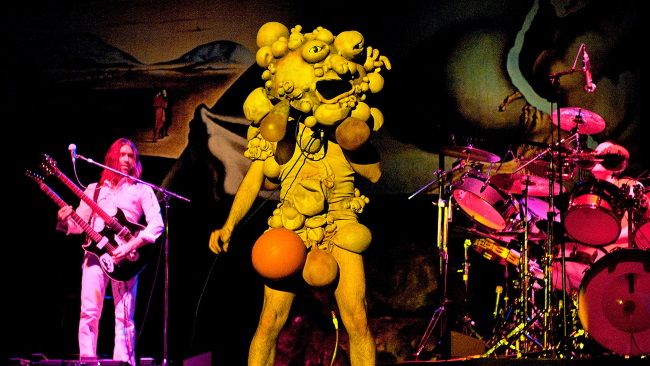
During the song “The Lamia”, a plastic sheath thingy adorned with images of snakes surrounds our hero/singer and spins.
I have been genuinely frightened at a concert twice in my life and both times were courtesy of The Musical Box. The first came at one of these The Lamb Lies Down… shows during an instrumental song called “The Waiting Room”. The preceding song, "Lilywhite Lilith", ends with the couplet "Two golden globes float into the room/And a blaze of white light fills the air."
"The Waiting Room" picks up on this as it transitions from a weird, atonal section to a more melodic one. Some stage lights that are pointed directly at the audience come on and a blaze of white light literally fills the air. They genuinely make it hard to see. I was squinting and averting my gaze briefly in an attempt to see what was happening onstage when a demonic figure suddenly appeared in the center screen at the back of the stage and started slashing the air with its talons.
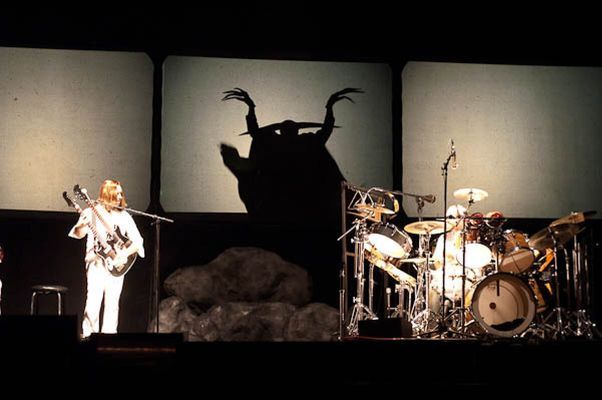
Getting caught up in the music as it swelled to a climax and feeling a certain primal sense of anxiety in the reptilian part of my brain because the bright lights had rendered me unable to clearly take in all of my surroundings combinedly took me off guard and that ominous figure rising up startled me to the point of being genuinely frightened for a moment. Fantastic stuff!
The costumes and slides make these shows a kind of rock concert/theatrical hybrid and was just great fun.
********
Bonus photo! Here’s Grabby relaxing on the couch and looking cute.
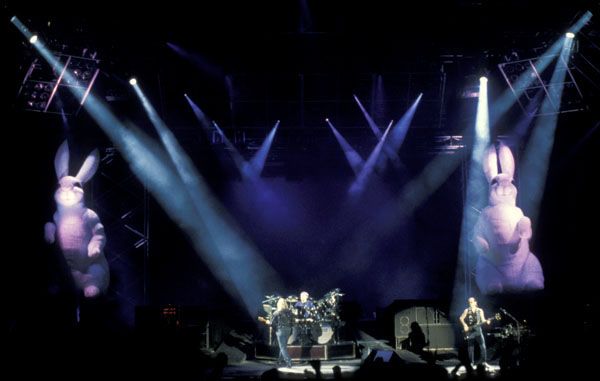

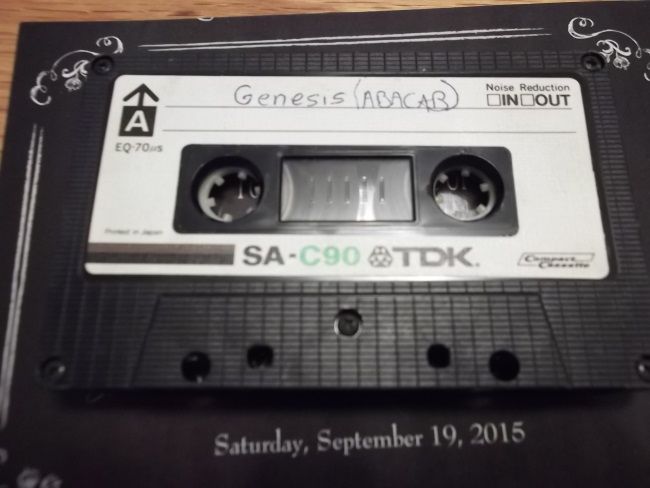
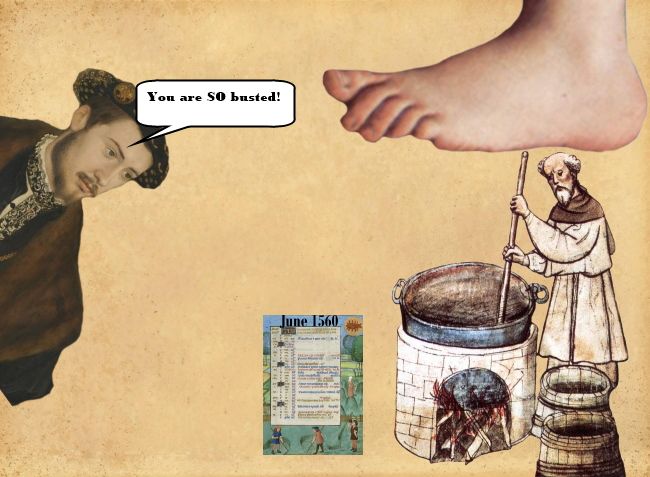
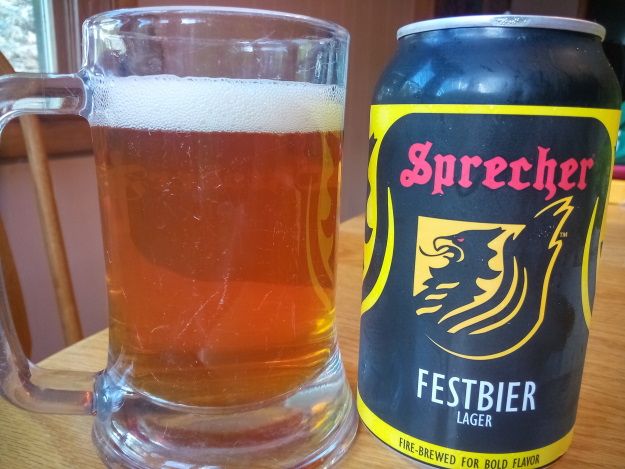
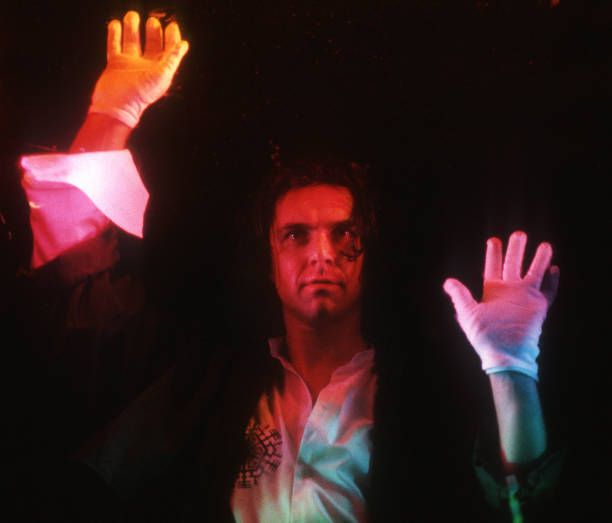

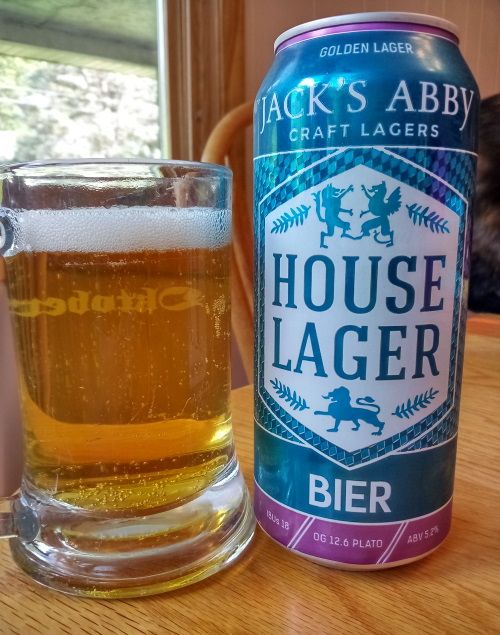
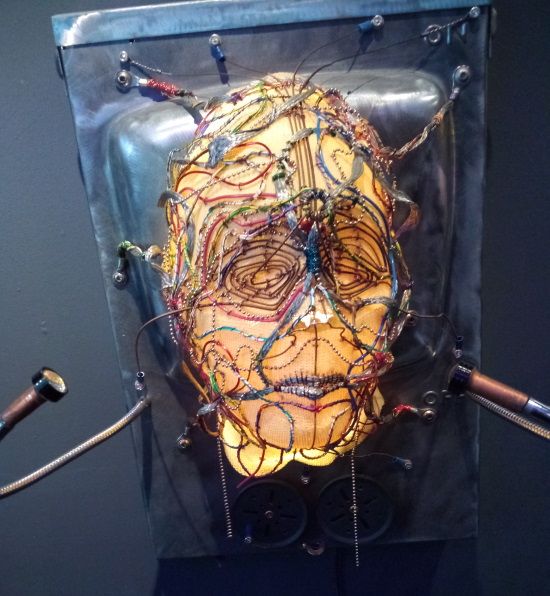
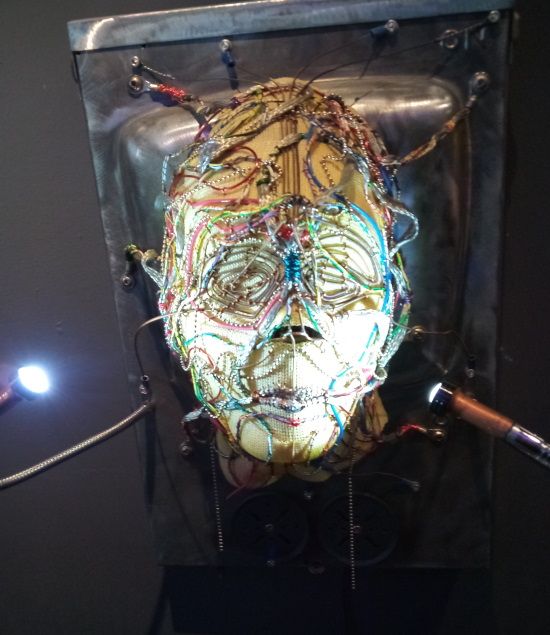









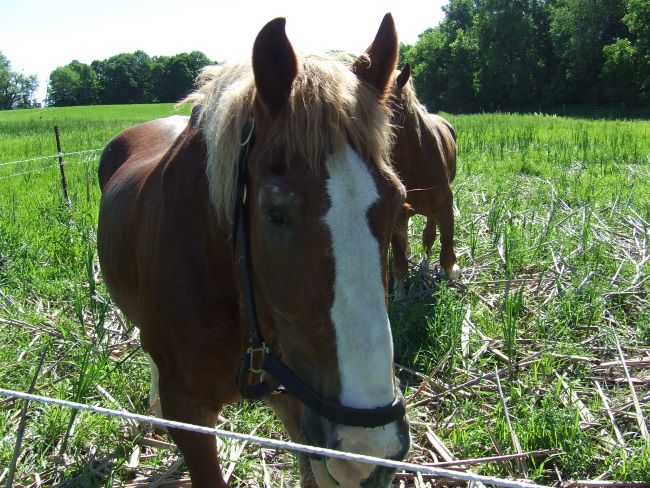



.jpg)
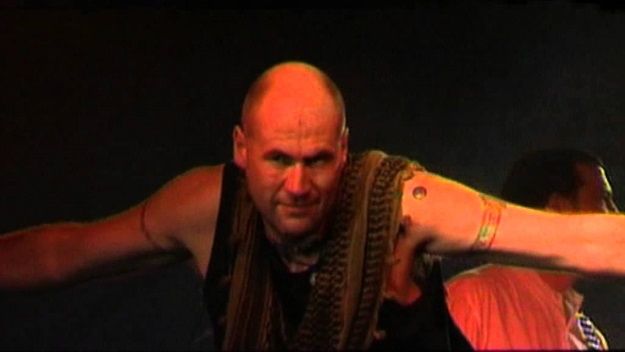
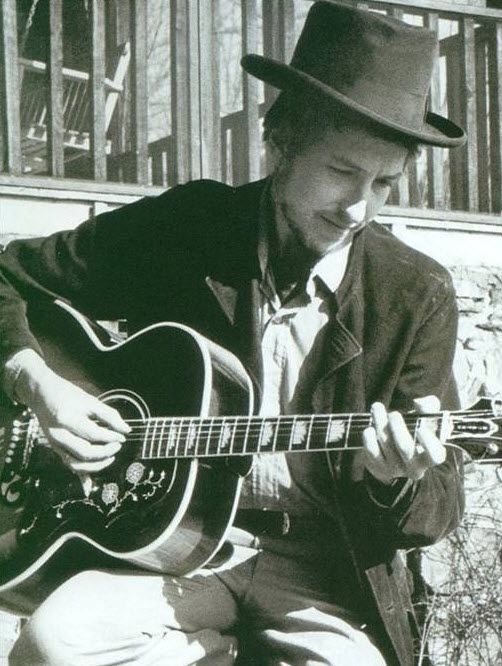
.jpg)
.jpg)
.jpg)
.jpg)
.jpg)
.jpg)
.jpg)
.jpg)
.jpg)

.jpg)
.jpg)



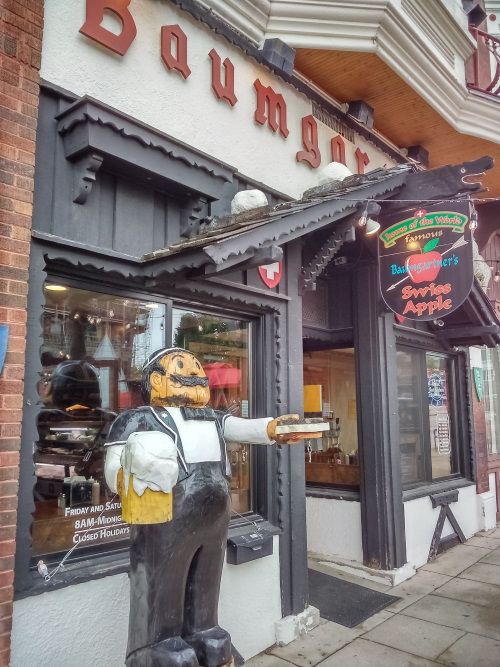
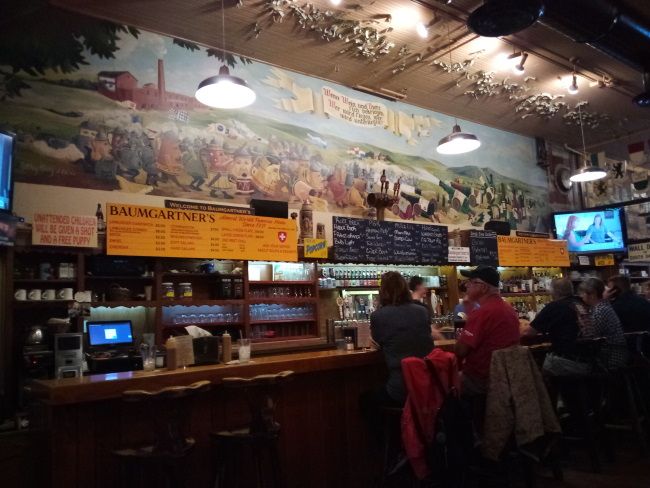
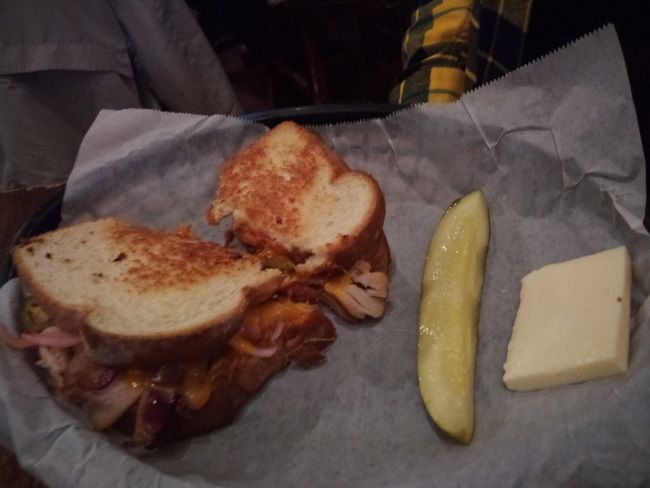
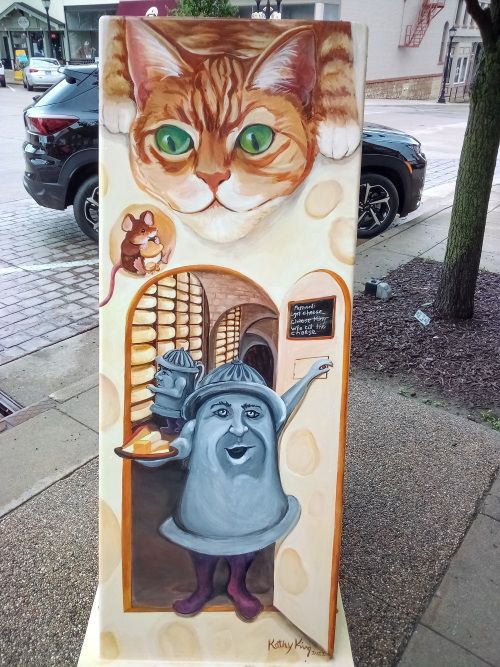


.jpg)
.jpg)
